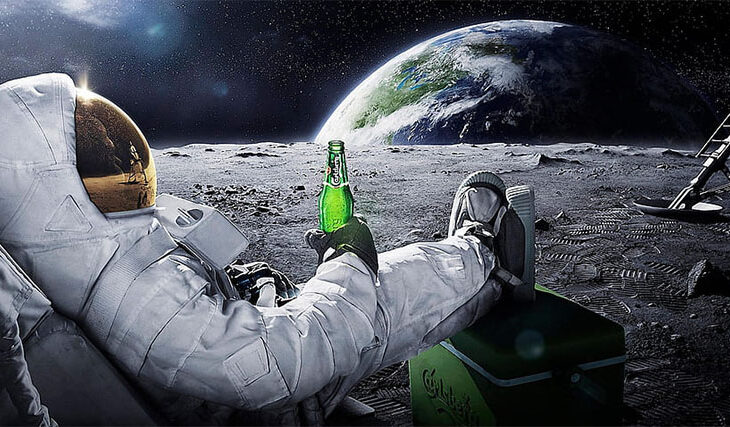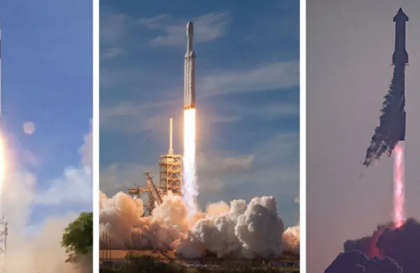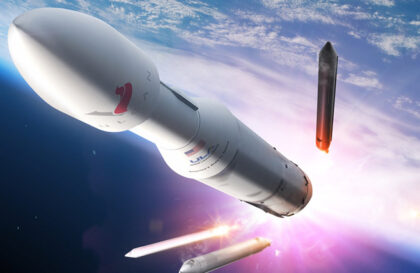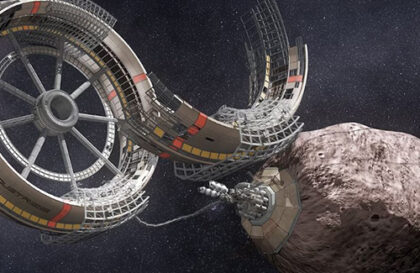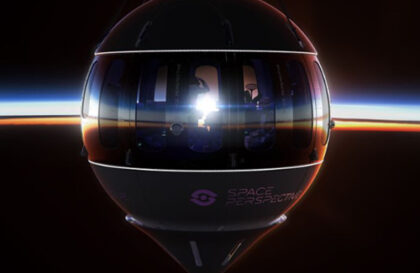or 13+ facts about a man in space
Metal objects in outer space can spontaneously weld to each other (cold welding), but this does not happen in certain cases, since the metal is oxidized even on Earth.
There is no wind or water erosion on the Moon, so if a meteorite doesn’t fall there and erase the imprints left by the Americans, it could stay there almost forever.
Moon rocks break down at a rate of 0.04 inches every 1 million years. This means that astronaut footprints on the Moon from the 1969 Apollo mission could have remained there for 10 to 100 million years.
Items left by visitors from Earth include two golf balls, an obscene drawing by Andy Warhol, a message from Queen Elizabeth II, and the initials of daughter Eugene Cernan (TDC).
A total of 12 people walked on the surface of the moon, the last of which were members of Apollo 17, Eugene Cernan and Harrison Schmitt.
People who snore while sleeping on Earth do not snore in space, in a state of weightlessness.
If you cry in space, tears will remain in your eyes and face. They gather around the eyeball. Such tears deliver a lot of unpleasant sensations – pain and burning. According to the scientific explanation, tears should not cause pain. But, as you know, weightlessness hurts human vision, which is caused by the displacement of fluid towards the head.
There is no pressure in space, air expands. This means that the air inside your lungs will expand and rupture the tissues. And in such extreme conditions, your body will use up all the oxygen in the blood in about 15 seconds.
Other terrible consequences of being in unprotected space include loss of bowel control, blood boils, capillary bursts, and bloating.
We are accustomed to thinking that astronauts eat exclusively from tubes with a very limited set of dishes. And this has not been the case for a long time. People in space eat a variety of first and second courses: soups are eaten through straws, and second courses are eaten with spoons – just like on Earth, except for the fact that food can fly away if you do not keep track of it.
Toilets in space for the safety of astronauts are equipped with special protective belts for the hips and feet. Just like a torture chair.
In weightlessness, the distance between the vertebrae becomes larger, and the height of a person increases. Most astronauts in space become 5 centimeters taller. The record for growing in space for an adult was 10 cm.
Due to the lack of gravity in space, it is impossible to boil water. The water that they try to boil, going into space, will turn into a huge bubble moving like a wave.
There is no gravity in space, the ink is not attracted to the pen tip. Therefore, at first, the astronauts used pencils for this: ordinary in the USSR, and mechanical in the USA. American pencils cost $ 1,000 apiece in terms of the 2018 exchange rate – they had to be modified for use in spacesuits and they were produced in piece copies.
Later, special handles were created that work in zero gravity. The “space” pen was invented by the American inventor Paul Fisher.
Apollo 17 astronaut Jack Schmitt was allergic to lunar dust, a gritty, sticky powder that stuck to his spacesuit and, later, to his skin. Within two hours of removing the helmet, he experienced irritation in his sinuses and nostrils, eyes, and throat.
The International Space Station (ISS) orbits at an altitude of 408 kilometers above the Earth and moves at a speed of about 27,700 km/h. One flyby of the Earth takes her about 92 minutes. So every 45 minutes, astronauts aboard the ISS see sunrise or sunset—a total of 15-16 times every 24 hours.
60% of earthlings aged 20 to 50, with appropriate training, can be admitted for health reasons to fly on a spacecraft.
Image credit:
https://www.pxfuel.com
https://www.e-ir.info
